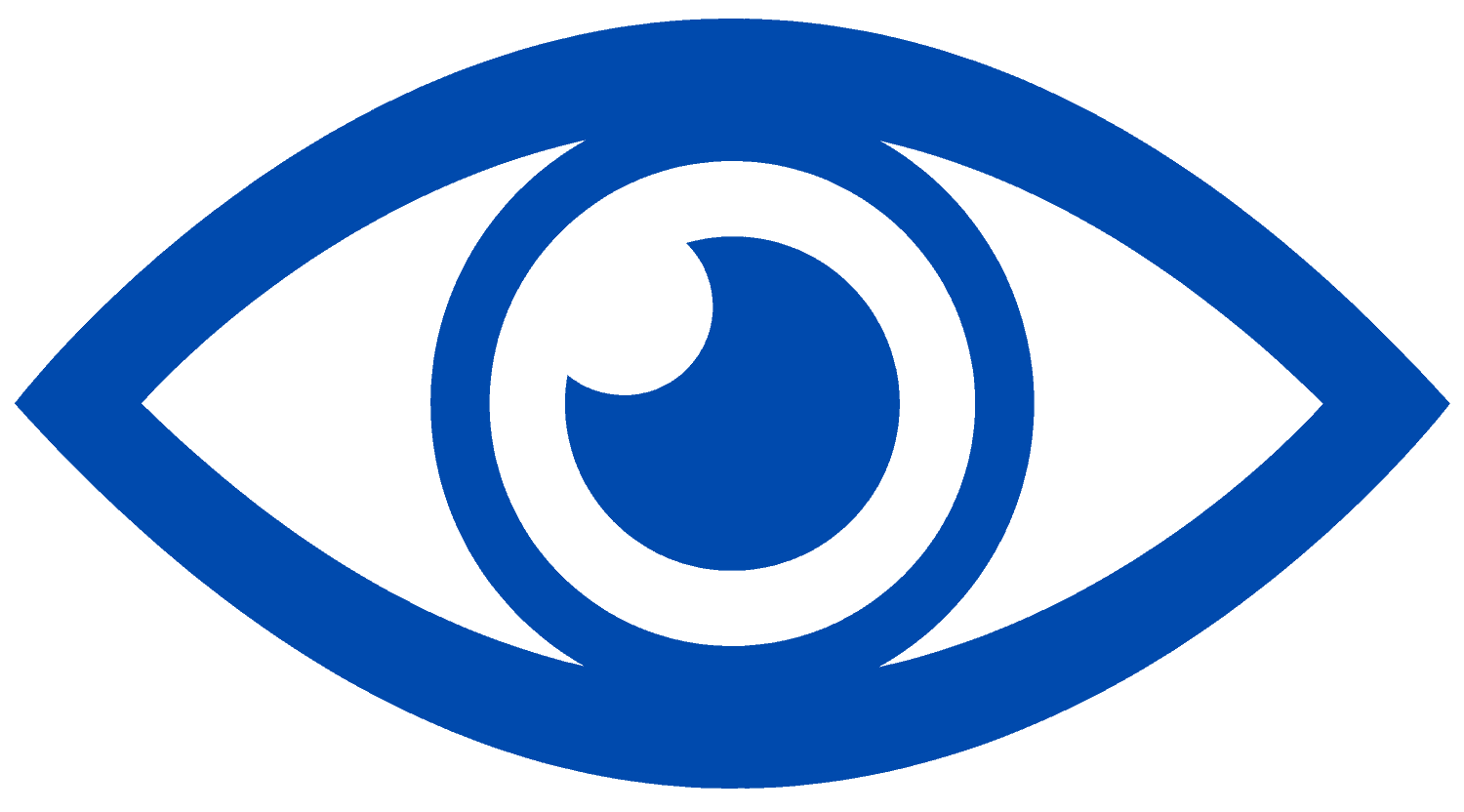This article is aimed at helping people make the correct lens choice in cataract surgery. Lens technology has rapidly advanced over the last few years and we are now overwhelmed with options. In the past we only had one choice, which was to give the patient clear vision at one particular focal point and for other distances they will depend on glasses. Newer lens technology is aimed at giving a better range of vision without glasses, although these lenses will not suit everyone.
To improve your understanding of latest lens technology we will need to clarify a few terms:
Presbyopia – beyond the age of 40 the most common complaint among patients is the sudden need for reading glasses. This is a result of the natural lens in the eye becoming stiffer with age. Activities such as reading the newspaper or using a smart phone become increasingly difficult to focus on. This can be extremely frustrating for the patient that has never required glasses in the past. Many companies have spent a great deal of time and money in an attempt to cure this problem and we still do not have a perfect solution.
Monofocal intra-ocular lens -this is the standard lens for cataract surgery and is still the most common choice among surgeons and patients. The patient will achieve excellent vision through this lens, although they will require glasses for activities such as reading and computer work.
Extended depth of field (EDOF) intra-ocular lens – these lenses work by creating a single elongated focal point to achieve a range of vision. This will commonly give good distance and intermediate vision (e.g. computer work) and in some situations a patient will be able to read.
Multifocal intra-ocular lens -this aims to give the patient distance, intermediate and reading vision without glasses. The lens design creates three different focal points to achieve this.
Defocus curve – a patient who has a monofocal lens will often target distance vision (e.g. driving and television) as the optimal focal point. The defocus curve is a graphical representation of how fast a patients focus deteriorates as they attempt to view objects closer than this. There is a gradual drop in clarity as a patient brings their focus closer rather than a sudden drop off. The speed at which the focus drops off is known as the defocus curve. This can vary between patients even when using the same lens technology.
Now we can deal with common questions and scenarios:
I do not want to wear glasses after cataract surgery and multifocal lenses sound great, what is the catch?
As mentioned before there is no perfect solution for presbyopia yet. The multifocal lenses have amazing technology although they are not without compromise. In order to achieve vision at several different distances, it requires borrowing light rays from one focal point to give to another. This can result in a mild reduction in the quality of vision e.g. reduction in contrast. A reduction in contrast can make vision more difficult in the low light conditions such as driving at night. Another important factor to mention is the risk of glare and halos around lights sources from the multifocal lens. This is very common and in most scenarios the brain adapts to these visual phenomena and the patient becomes less aware of them.
What is the difference between extended depth of field (EDOF) and multifocal lenses?
Typically a multifocal lens aims to give a larger range of vision compared to the extended depth field lens. The downside of the multifocal lens is a higher rate of visual phenomena including glare and halos. An advantage of the extended depth of field (EDOF) lens is that its design elongates the range of vision compared to the multifocal which works best in three distinct zones (distance, intermediate and reading). This means the multifocal has blurred patches between zones where the EDOF has a smoother transition.
Can anyone have a multifocal lens?
No, there are many scenarios where implantation of a multifocal lens is contraindicated. These include but are not limited to the following:
· Any patient who suffers from Glaucoma, Macular Degeneration, Diabetic eye disease, moderate to severe dry eye, Corneal Dystrophy, Epi-retinal Membrane or any other ocular condition that may compromise vision. Essentially the best candidate for a multifocal lens is a patient with no pre-existing ocular comorbidity.
· A patient who has irregular astigmatism or a high degree of regular astigmatism that is outside the range that is correctable by a multifocal lens is not a suitable candidate.
· A person who commonly works at night e.g. a truck driver is a poor candidate, as the glare and halos which can occur at night could compromise their ability to work.
· A patient who requires a high degree of visual acuity e.g a shooter or a photographer who depend on very high levels of visual needs will not appreciate any drop in contrast or sharpness of images that can occur with a multifocal lens.
Does it cost more for a multifocal lens?
Private health insurance will cover the cost of a multifocal lens. A patient who does not have private health insurance will incur an additional cost for a multifocal lens. This can often be a significant difference in price compared to a monofocal lens. Any patient who is funding their own surgery also needs to consider the risk of additional costs associated with replacing the lens, if they are not satisfied with the quality of vision or they develop glare and halos associated with the lens.
Which lens should I choose?
There is no one lens that suits all situations. The aim of your cataract consultation will be deciding which lens will best suit your lifestyle and more importantly which lenses you should avoid.
Tips:
· If you have no issue with wearing reading glasses then a monofocal lens is the best choice. It will give you the best quality of vision and the lowest risk of developing unwanted side-effects.
· If you are highly motivated to reduce your dependence on glasses then a multifocal lens is your best option. The first step to a satisfactory outcome is understanding the limitations of the technology which include a potential drop in contrast and the risk of glare and halos. A reassuring factor is that your brain adapts extremely well to these lenses and often the initial glare and halos noted early on, will reduce with time.
To obtain expert help in making a lens choice in cataract surgery – make an appointment with Dr Ryan


